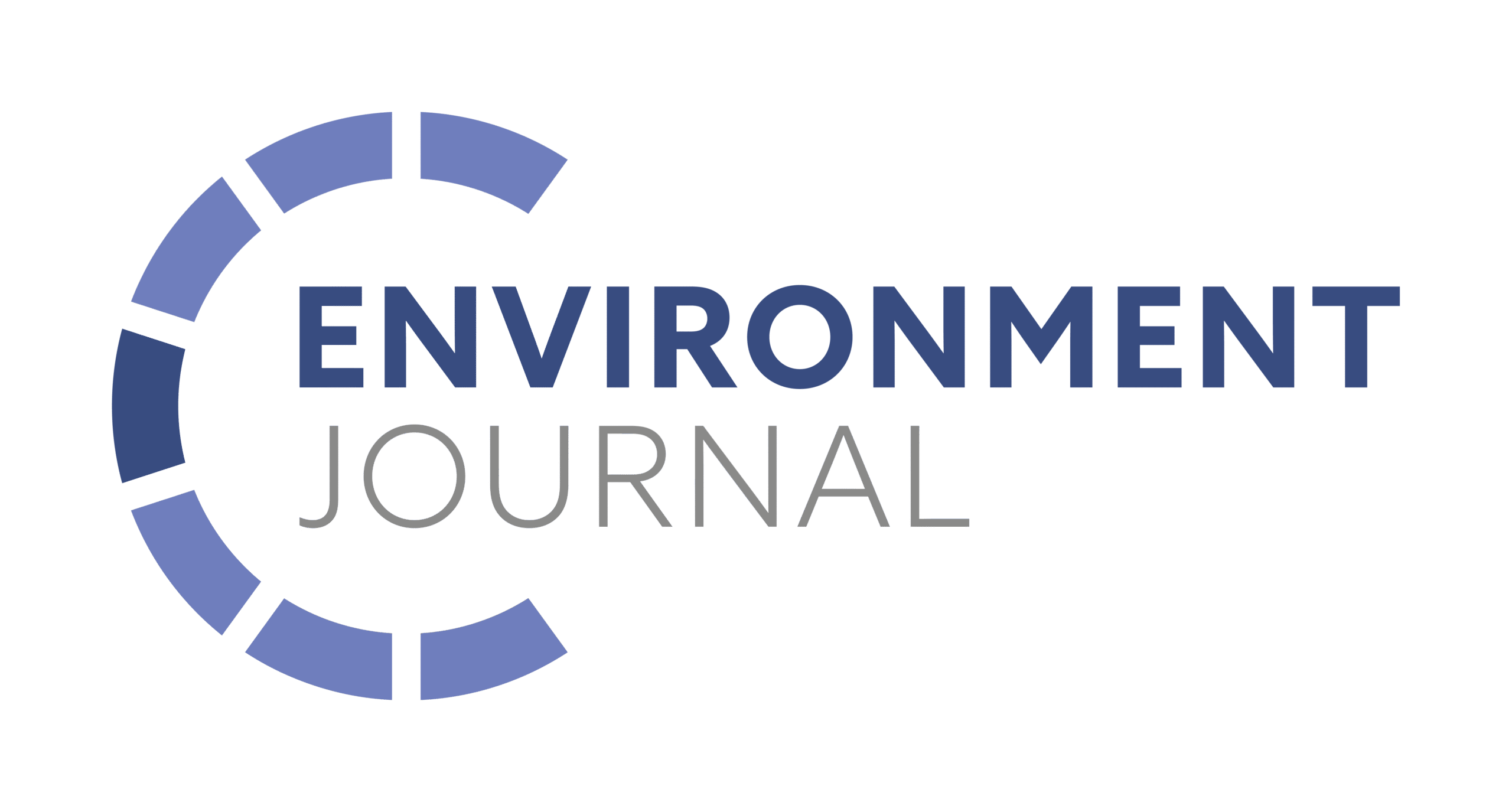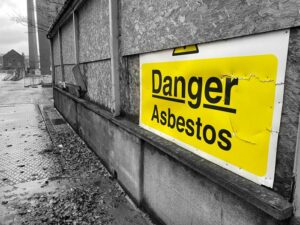Climate change is driving an increase in dust storms and research undertaken in the American Southwest, indicates this will cause an increase in hospital emergency department admissions.
In particular, the team from the National Jewish Health, Emory University and the University of Colorado found a rise in admissions for asthma, congestive heart failure and car accidents on the day of, or shortly after, such storms.
The study focused on Arizona, California and Utah between 2005 to 2018. These states have a high incidence of dust storms and comprehensive health data with which to work.
The team examined over 33,500 emergency department visits across the three states on 206 days on which dust storms were reported.
In addition to the above mentioned, their findings also showed an increased in pneumonia, COPD, and stroke, and car accidents on the day of the storm or shortly after.
On the day of a dust storm, emergency departments saw admissions for victims of car accidents rise by 13%.
Within two days of a storm, the number of emergency department visits for asthma increased by 6%
Within seven days of a storm, there was also seen to be a 6% rise in visits for culture-negative pneumonia and congestive heart failure.
Globally, sand and dust storms are increasing in both frequency and severity, a trend fed by a combination of poor land and water management, droughts, and climate change.
One study found that the frequency of large dust storms in the Southwest more than doubled between 1990 to 2011.
James Crooks, PhD, associate professor at National Jewish Health and senior author on the study said: ‘Dust storms are expected to become more frequent due to climate change, so it’s crucial that we understand their immediate and long-term health impacts. Our study provides important data for public health officials to develop strategies aimed at reducing dust storm-related health risks.
‘Given the expected rise in dust storms, policymakers and health officials must take proactive measures to safeguard vulnerable populations.’
















Leave a Reply